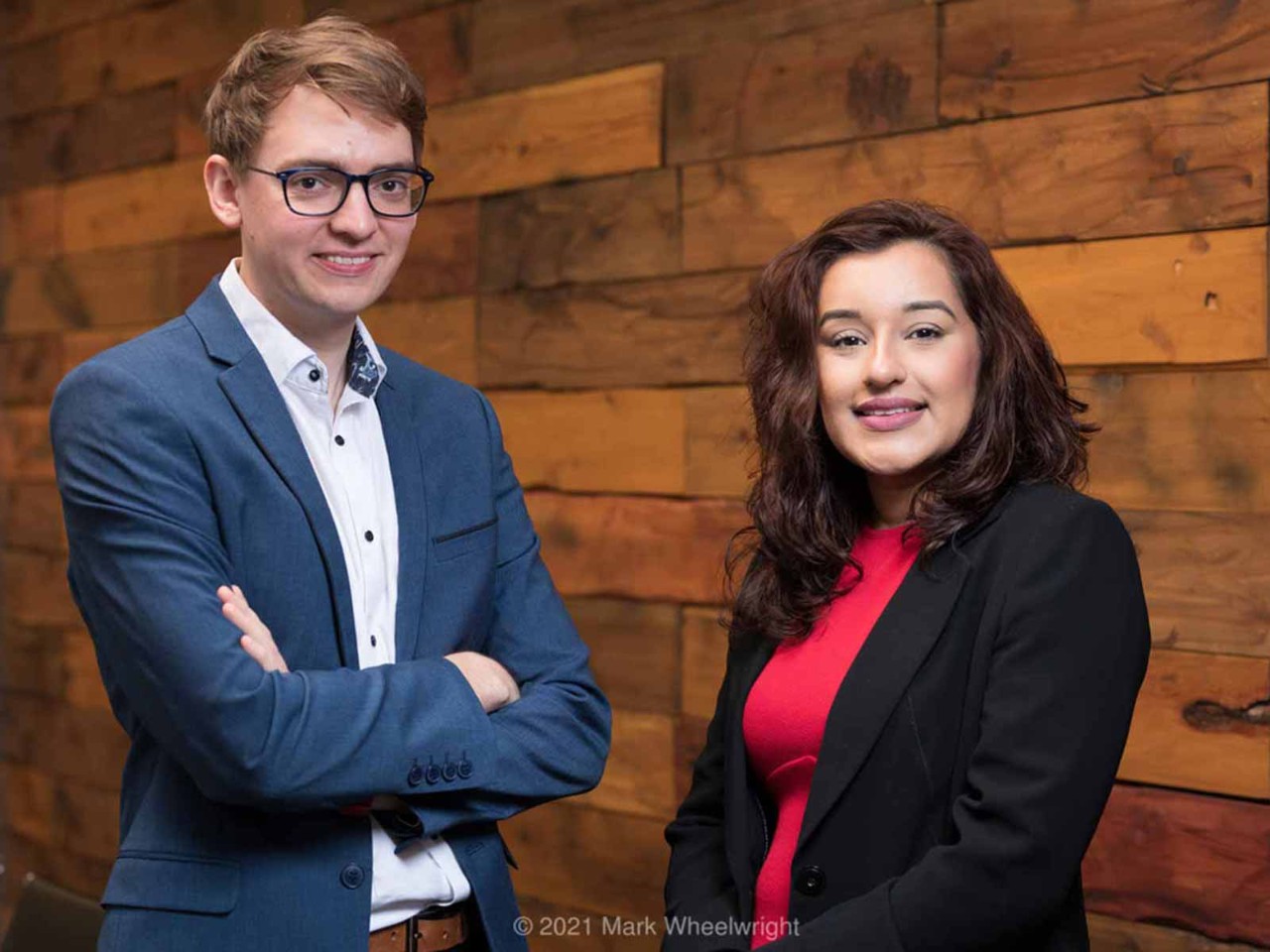
After Marriott International acquired Starwood Hotel and Resorts Worldwide in 2017, Shelley Cato FCCA, the organisation’s senior director, entity reporting and tax – Europe, was asked if she wanted to lead the statutory accounting and tax function (SA&T) team for Europe. She jumped at the chance.
Up until this point, Cato had spent most of her career in tax. Her main challenge at that time had been obtaining good-quality information from the team who prepared the financial statements on which the tax returns were based.
'A key focus of mine has been to get to know everyone and ensure they feel like a member of the team'
‘The challenge was multi-layered,’ says Cato. ‘Financial statements are prepared to a level of materiality, but tax returns are not. And the time between finalising the financial statements and the tax return being filed can be six months, by which time the financial statements (FS) team is into the current year and, in some cases, looking towards the year end.
‘What was more, the FS team didn’t always understand why we would need more detailed information than had been required by the FS auditors, and they sometimes felt as though the same questions were being asked multiple times.’
She could see that bringing the two teams together was an opportunity to find process improvements that would benefit all, while also upskilling team members.
'My team understands that sometimes we need to dive in and do things outside our core specialism'
Forces for change
According to a survey by EY, 92% of UK organisations are planning to transform their tax and finance functions over the next two years (84% globally), galvanised by a need to tackle critical challenges relating to talent, regulation and technology, often with budget constraints.
Of those surveyed, 88% said they are focusing on efficient tax and finance operating models, and 86% are co-sourcing select tax and finance activities. Almost all the leaders surveyed (97%) say they are reallocating budget so that they can focus on strategic priorities.
Personal touch
Cato says she was nervous about bringing the two teams together. ‘I hadn’t long created my European tax team – we had been a team for less than a year. I was concerned I wasn’t going to have the time to give every member of my team the same support and guidance while trying to integrate a new business into our current processes and systems.’
So during 2017, she travelled to the six countries where her team members were based to meet everyone, plus the wider finance teams. She began to put processes in place, including setting up a cross-functional buddy system to help with integration.
‘A key focus of mine has been to get to know everyone and ensure they feel like a member of the team. It has helped to keep them engaged and connected, and it has also given everyone the same opportunities, regardless of their country.’
In early 2018, Cato brought the SA&T team and the wider finance team together to meet in person, with the theme of the meeting being ‘One team’.
‘It allowed the team to learn about each discipline under my leadership, specifically transfer pricing, what a good-quality balance sheet reconciliation looks like – we all love a good, clean reconciliation – and our collective roles in accounts payable and accounts receivable applications.’
Cato knew that her leadership style was different from the manager who had previously been in charge of the financial accounting team, which is why she devoted significant effort in spending time with the team members, getting to know them as individuals.
Coming together
One of the main reasons for taking on the expanded role, she says, was to change the thought process to being one team. This meant that the team had to learn each other’s roles and responsibilities: the tax managers needed to learn accounting, and the accountants needed to learn about compiling tax returns, both for corporate income tax and transfer pricing.
‘I see a huge benefit of encouraging this approach – it has enabled the team to upskill, but also to make recommendations in a field in which they would not have previously considered themselves technical experts,’ says Cato.
It has also helped to stop team members saying ‘it’s not my job’. ‘My team understands that we are one team, and sometimes we need to dive in and do things outside our core specialism. This has been no truer than during the pandemic, when we have seen the team really come together and support and motivate each other.’
Sharing the expertise
The whole team now has an appreciation of what tax authorities ask for when there is a tax enquiry, any system limitations from an accounting perspective and ways in which entering data into the system can create challenges further down the road.
‘The team are great at providing feedback on new initiatives. Whether this is an accounting or tax initiative, they all have a voice and they all use it,’ says Cato.
'They can make recommendations in a field in which they would not have previously considered themselves technical experts'
One of the biggest benefits has been the sharing of knowledge and different perspectives when discussing new systems and processes across functions.
‘They all come with their own unique insights,' she adds. 'This is due to a variety of reasons: their technical experiences, their cultural experience and, overall, their own working experiences. It makes them look and question what they are seeing presented to them each day, which is leading to a greater understanding of all the accounting and tax functions.
‘While "success is never final" as Mr Marriott would say, bringing the team together has been, in my view, a huge success.’



